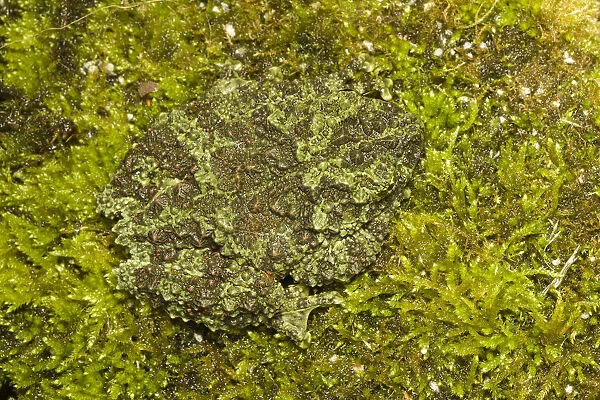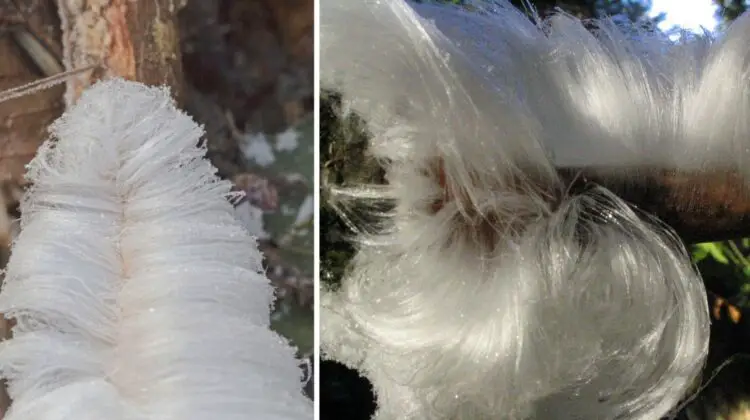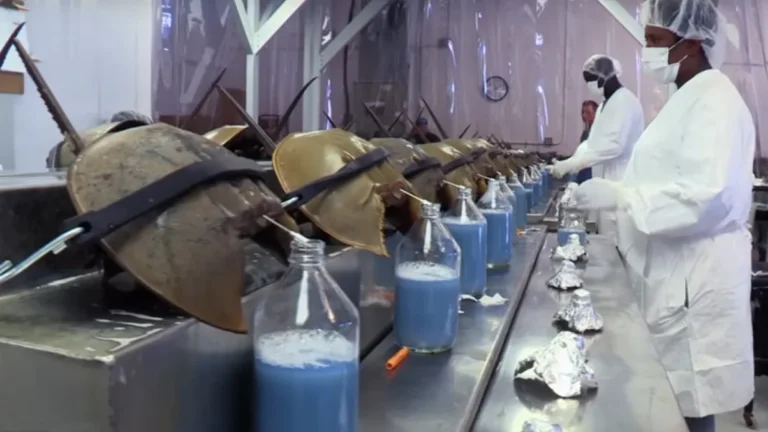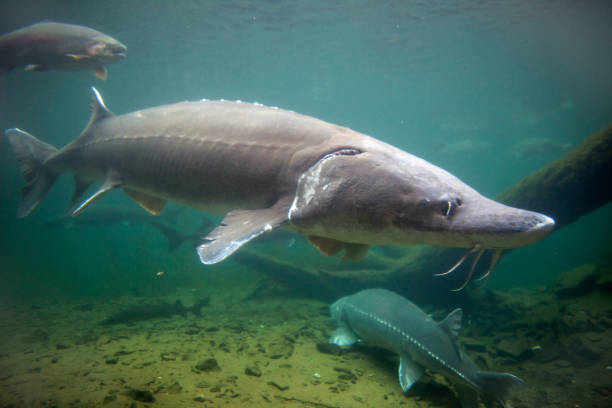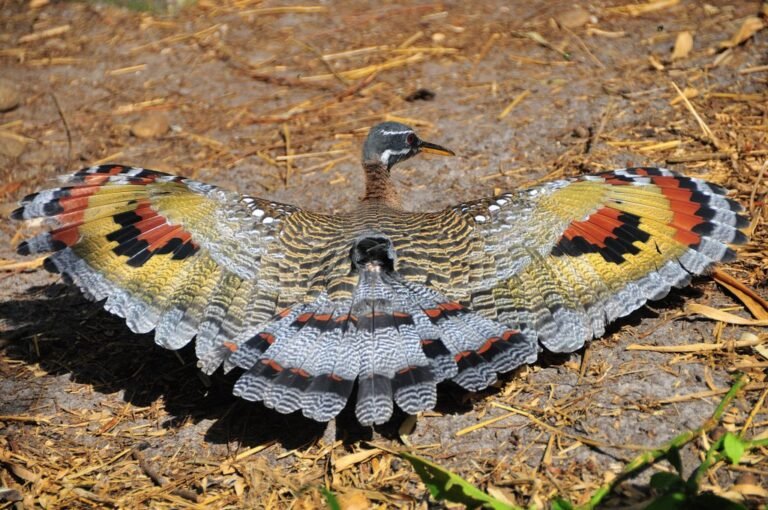The Enigmatic Mossy Frog: Nature’s Master of Camouflage
In the lush rainforests of Southeast Asia, an amphibian marvel thrives—one that embodies the delicate balance between beauty and survival. Meet the mossy frog, a species whose extraordinary camouflage skills have earned it a place among nature’s most fascinating creatures. With its unique appearance and intriguing behavior, the mossy frog offers a glimpse into the wonders of evolutionary adaptation.

A Master of Disguise
The mossy frog (Theloderma corticale) is native to the rainforests of Vietnam and Laos. Its appearance is nothing short of extraordinary. Adorned with a texture that mimics the appearance of moss or lichen, the frog’s body is covered in warty protrusions that provide an almost perfect disguise against the leafy and moss-covered surfaces of its habitat.
This remarkable camouflage is not just for show. In the wild, the mossy frog uses its appearance to avoid predators. Its ability to blend into its surroundings makes it nearly invisible, allowing it to evade detection by both hungry birds and inquisitive mammals. This survival strategy showcases the fascinating ways in which animals evolve to thrive in their environments.
Physical Characteristics
The mossy frog is relatively small, measuring about 2.5 to 3 inches in length. Its coloration is a mottled green and brown, with textures that closely resemble the mosses and lichens found in its native habitat. This frog’s skin features raised, bumpy textures that further enhance its camouflage. The coloration and texture are so effective that even a keen-eyed observer might have difficulty spotting it among the foliage.
Despite its appearance, the mossy frog is an agile and resilient creature. It is well adapted to climbing and navigating the complex environment of the rainforest. Its ability to cling to and move across a variety of surfaces, including tree trunks and rocks, is a testament to its specialized adaptations.

The Mossy Frog’s Lifestyle
Mossy frogs are generally nocturnal, emerging during the night to forage for insects and other small invertebrates. Their diet consists primarily of ants, beetles, and other tiny creatures that they hunt with their quick reflexes. This nocturnal lifestyle is another adaptation that helps them avoid predators and reduces competition for food.
Reproduction occurs during the rainy season when the frogs gather near water sources to lay their eggs. After hatching, the tadpoles will undergo metamorphosis, gradually developing into adult frogs while maintaining their remarkable camouflage.
Conservation and Threats
While the mossy frog’s camouflage provides an effective defense against many threats, it is not immune to human-induced challenges. Habitat destruction due to logging and deforestation poses a significant risk to its population. Additionally, the pet trade has led to concerns about overcollection, which can impact wild populations.
Conservation efforts are crucial to preserving the mossy frog and its habitat. Protecting rainforests and implementing sustainable practices can help ensure that this extraordinary species continues to thrive in its natural environment. Conservation organizations are working to raise awareness and support initiatives aimed at safeguarding the delicate balance of these unique ecosystems.
Conclusion
The mossy frog stands as a testament to the wonders of natural adaptation and evolutionary ingenuity. Its incredible camouflage and specialized behaviors offer a glimpse into the complex interplay between animals and their environments. As we continue to explore and understand the natural world, the mossy frog remains a symbol of the beauty and intricacy of life on Earth.
By appreciating and protecting such remarkable species, we contribute to the preservation of our planet’s biodiversity and ensure that future generations can also marvel at nature’s extraordinary creations.
